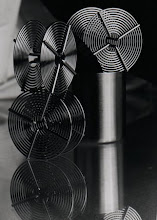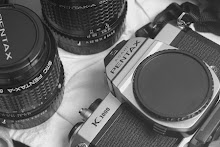There are a lot of mysteries we can unlock in Chemistry with the mighty little scrap of pH paper. In photochemistry, when are chemicals are good and fresh, they almost always look like transparent liquids; it is very difficult to tell by sight alone which of the three trays might contain which baths. Not only can a scrap of pH paper help to unlock some confusion, it can lead us to clues as to why some solutions may not be performing up to our expectations.
Take a standard developer like D-76, for example. When compared with Dektol, a comparable paper developer, we see that D-76 working solutions test out at approximately pH9. Dektol tests out at pH 10 or higher. It’s possible to develop paper in D-76, though it is normally used as a film developer only.
However, when developing photopapers in D-76, we will usually see the entire print some out very gray; it goes beyond just a soft print; there will be almost no blacks in the print whatsoever; the whites, too, will be grayed out in their highlights. One of the tricks we can try, as a result of knowing the formula for D-76 through references, and from testing working solutions of developers like Dektol in the lab, is to lower the pH of the D-76 solution in order to use it as an improvised paper developer.
In one test, I raised the pH of 3L of D-76 to over pH10 by adding 80g of sodium carbonate.
The adjusted D-76 won’t work out perfectly. It will, however, yield darker grays than it would have without the adjustment. The adjusted D-76 remains a little soft. Further, once it begins to expire, there is almost no resurrecting it. I wish to experiment more with D-76 in the future, seeing if the addition of Potassium Bromide as a retarder is effective.
# # #







No comments:
Post a Comment